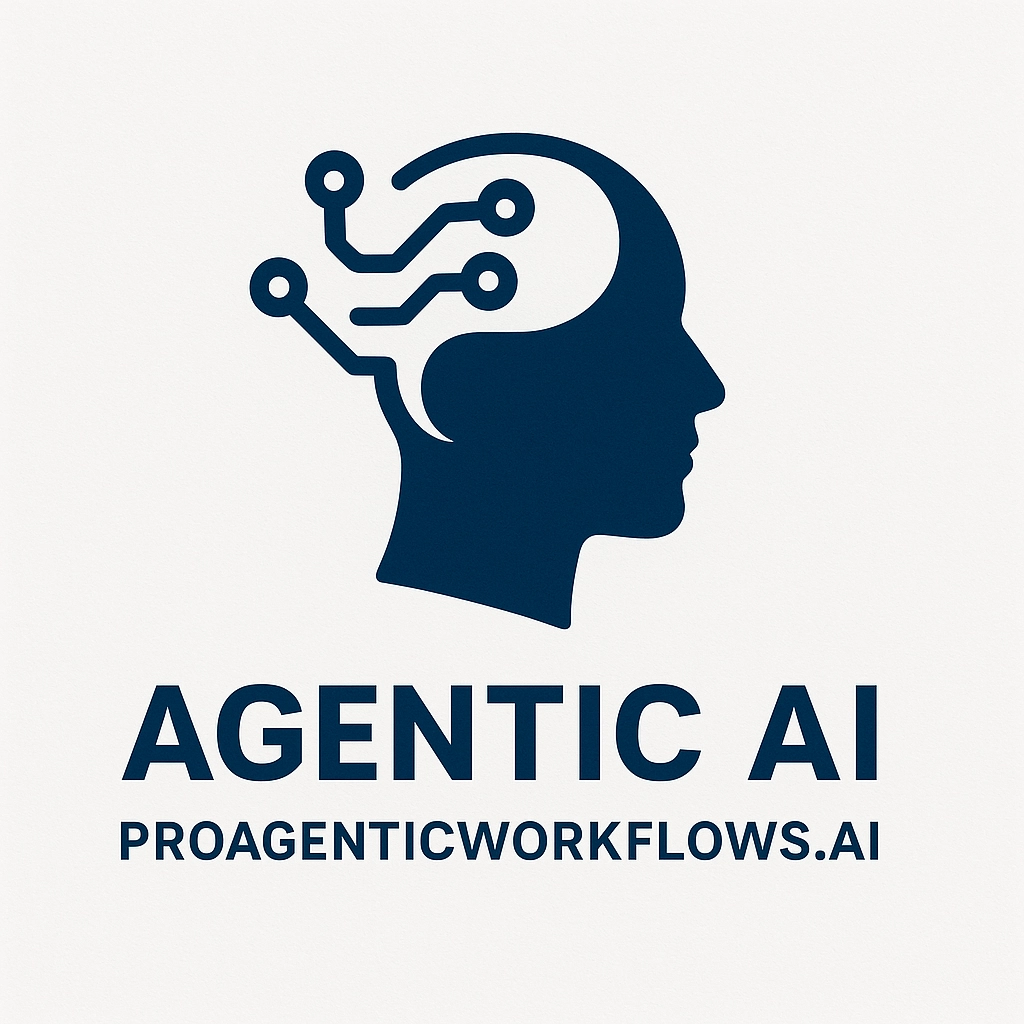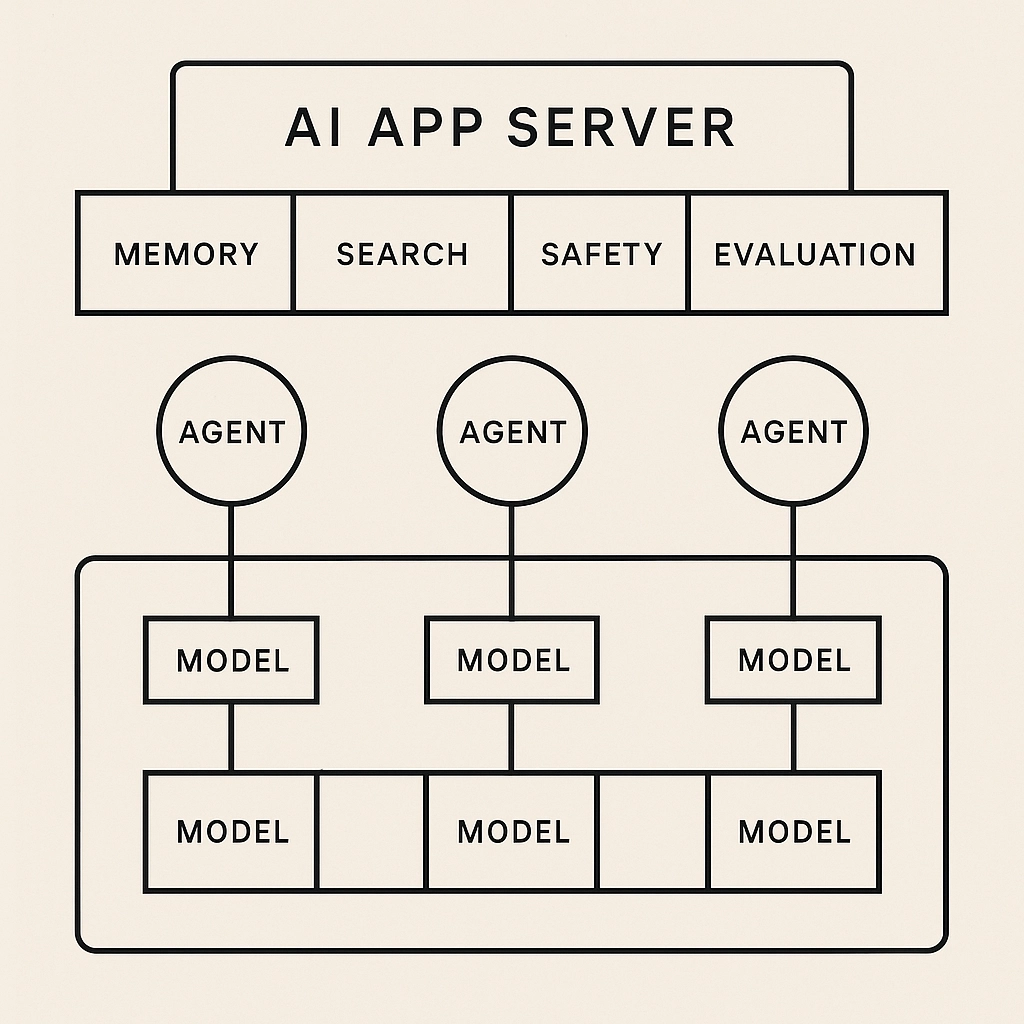Introduction
Large Language Models (LLMs) are transforming how tasks involving natural language are evaluated. Traditionally, AI evaluation relied on rigid metrics like accuracy or recall. However, the emergence of LLMs-as-Judges—models that act as evaluators—introduces flexibility and depth by leveraging the interpretive and generative capabilities of these systems. This blog explores how to develop a robust evaluation framework for LLMs-as-Judges, addressing their advantages, methodologies, and practical applications, while tackling challenges and proposing solutions.
1. Understanding LLMs-as-Judges
Definition
LLMs-as-Judges utilize models to assess the quality, relevance, and coherence of generated outputs based on predefined criteria. For example, when evaluating a chatbot response, the LLM can score its fluency, coherence, and factual accuracy.
Advantages
Flexibility: Unlike fixed metrics, LLMs can adapt their evaluation criteria based on context. For instance, evaluating a humorous tweet differs from grading a scientific abstract.
Scalability: A single model can evaluate thousands of outputs simultaneously, reducing the need for extensive human reviewers.
Interpretability: By generating natural language explanations, LLMs clarify their reasoning. For example, “This response is rated 8/10 because it provides accurate information but lacks examples.”
2. Core Components of the Framework
Input Elements
Evaluation Type
Pointwise: Evaluates each output individually. For instance, a model assesses a news article summary for coherence and relevance.
Pairwise: Compares two outputs to determine superiority. For example, ranking two machine translations for fluency.
Listwise: Evaluates and ranks a group of outputs, such as prioritizing search results based on relevance.
Criteria
Linguistic Quality: Fluency, grammatical accuracy, coherence.
Content Accuracy: Relevance and factual correctness, critical for domains like legal or medical text generation.
Task-Specific Metrics: For creative writing, criteria might include originality and engagement.
References
Reference-Based: Comparing outputs to a benchmark dataset (e.g., BLEU for translations).
Reference-Free: Evaluating based on intrinsic quality, such as coherence and creativity without predefined references.
Output Types
Result: Scores (e.g., 85/100), rankings (e.g., best to worst translations), or categorical labels (e.g., “excellent” or “needs improvement”).
Explanations: Justifications for decisions. For example, “This document scored lower because it lacks key information.”
Feedback: Actionable suggestions. Example: “Consider adding examples to clarify complex ideas.”
3. Methodologies for Implementation
Single-LLM Systems
Prompt Engineering: Craft prompts that detail evaluation criteria.
Example: “Evaluate this essay for coherence, grammar, and informativeness. Provide a score for each.”
In-Context Learning: Provide examples within the prompt.
Example: Use a few well-scored and poorly scored essays to teach the model.
Step-by-Step Evaluation: Break tasks into smaller steps.
Example: “Step 1: Evaluate grammatical accuracy. Step 2: Assess coherence. Step 3: Rate informativeness.”
Multi-LLM and Hybrid Approaches
Collaboration: Use multiple models for consensus.
Example: One LLM evaluates for grammar, another for relevance, and a third integrates the results.
Human-AI Collaboration: Combine human expertise with AI scalability.
Example: Humans verify AI’s evaluations for high-stakes tasks like medical diagnoses.
Optimization Techniques
Reward Modeling: Use reinforcement learning to align evaluations with desired outcomes.
Example: Train an LLM to prioritize concise and accurate responses over verbose ones.
Feedback Iterations: Refine outputs based on iterative feedback.
Example: “This output is 80% accurate; revise for better fact-checking.”
4. Practical Applications
Education: Automated essay grading with explanations.
Example: “Your essay scored 7/10 due to grammatical errors and lack of examples.”
Healthcare: Evaluating medical summaries for accuracy and clarity.
Example: “The summary omits critical details about dosage instructions.”
Content Moderation: Flagging inappropriate or misleading content.
Example: “This post contains misinformation about vaccine efficacy.”
Customer Support: Ranking chatbot responses.
Example: “Response 1 is more empathetic and relevant than Response 2.”
5. Challenges and Solutions
Challenges
Bias: Prompt bias can skew evaluations.
Example: Favoring verbose responses over concise ones.
Knowledge Gaps: LLMs may lack domain-specific expertise.
Scalability vs. Nuance: Automated systems may miss subtle details.
Solutions
Calibration Tools: Use frameworks like AUTOCALIBRATE to align criteria.
External Knowledge Integration: Retrieve domain-specific data to enhance evaluations.
Human Oversight: Employ hybrid systems for nuanced evaluations.
Example: Humans verify AI judgments for sensitive applications.
6. Metrics for Success
Benchmarks: BLEU for translations, ROUGE for summarizations, and TIGERScore for NLG.
Meta-Evaluation: Assess the evaluative framework’s reliability.
Example: “Do human evaluators agree with AI judgments in 90% of cases?”
7. Future Directions
Automated Criteria Generation: Use AI to draft evaluation standards.
Example: Automatically generate task-specific criteria for creative writing.
Multi-Modal Evaluation: Extend evaluations to visual and audio content.
Example: Assessing both text captions and corresponding images.
Cross-Domain Applications: Adapt models to new domains like law or finance.
Conclusion
The LLMs-as-Judges paradigm represents a pivotal shift in AI evaluation, blending scalability with nuanced interpretability. By developing robust frameworks and addressing challenges, we can unlock the full potential of LLMs, enabling smarter, fairer, and more effective evaluations across domains. Whether automating grading in education or refining customer support interactions, LLMs-as-Judges are poised to redefine standards of excellence in AI-driven evaluations.






Comments